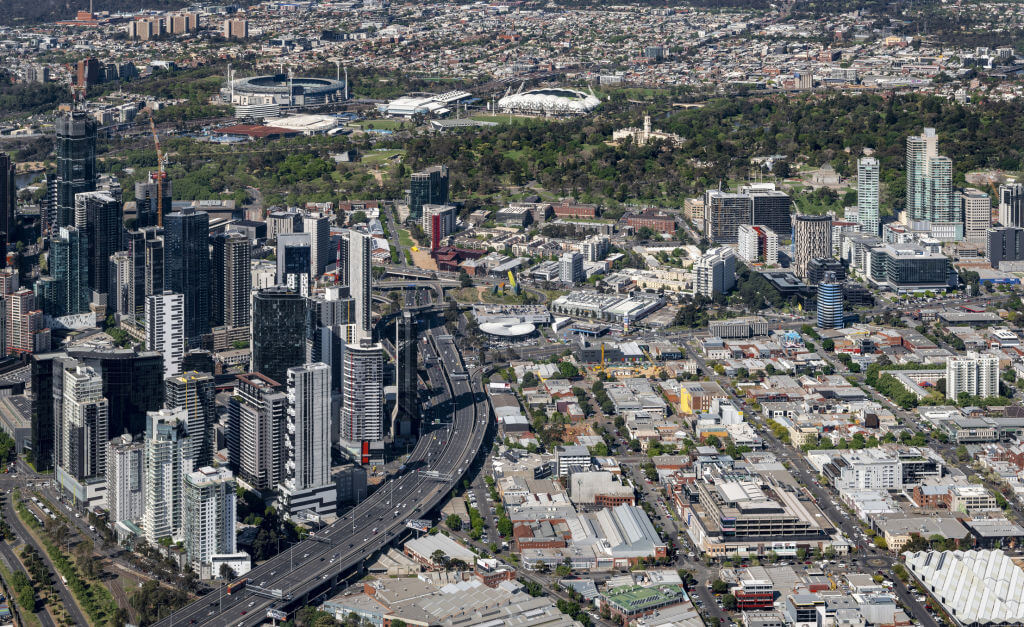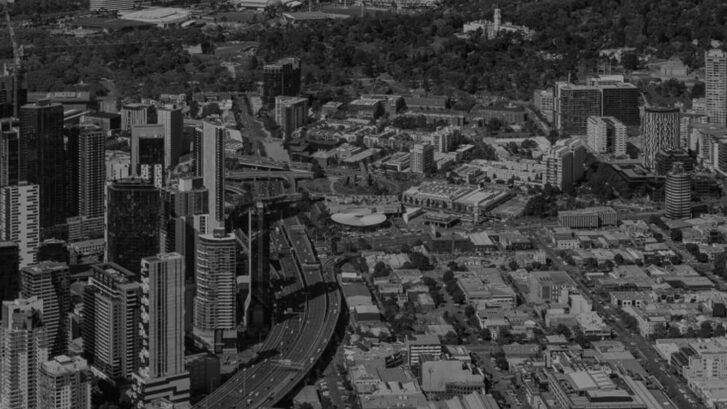You would have to be living under a rock to not have seen, read or heard about the controversy surrounding the structural safety of some newly developed apartment buildings, particularly in NSW. It is time to set the record straight as it is an unfair generalisation to suggest all regions and apartments are regulated the same way. The three Cs – cracking, creaking and cladding – have been in the spotlight since the London Grenfell Tower disaster in June 2017.
While I absolutely do not want to undermine the seriousness of these incidents, in particular Grenfell Tower which was tragic in its circumstances and a gross oversight by many, I think it’s important to set the facts straight about the stringent regulatory framework that operates to protect home owners and residents. We as Victorians should feel confident that the causes of structural issues that might arise in other jurisdictions are weeded out by stringent review and certification requirements prescribed by the Victorian Building Authority (VBA), and also in Queensland where the Queensland Building and Construction Commission Act (QBCCA) has adopted very strict procedures during both the design and construction phases, and post-completion.

In my opinion and many industry experts, the regimes in Queensland and Victoria are very robust and lead the way. Photo: Greg Briggs
When it comes to building compliance and safety, each state has its own regulatory system. In my opinion and many industry experts, the regimes in Queensland and Victoria are very robust and lead the way, with NSW unfortunately well and truly lagging behind. This is not only because of a lacklustre framework in NSW but more broadly due to a flawed system and culture derived from a few fundamentally different processes to Victoria and Queensland. The first and most critical is that in NSW there is no requirement for mandatory certification of structural design by an independent structural engineer (observed in both Queensland and Victoria), meaning technically a structure could be approved and built without any mandatory independent checks before construction. By design (pardon the pun), NSW’s system is inherently inadequate.

Such an integral industry to our economy warrants a well-regulated system across the board. Photo: iStock
Among other critical checks and balances, both these jurisdictions require dual certification of design – meaning potential human error is carefully checked for and the design certified by two experts (designer and reviewer) – which also means two sets of professional indemnity insurance policies on the line as opposed to just one in NSW. Another issue which industry experts believe has created a bad culture design and construction process is NSW design competitions. In Victoria one lead architect, structural engineer, building surveyor and all consultants are typically employed at the inception of the project and are part of the project from start to completion. This ensures there is a culture of absolute ownership and responsibility from all involved to ensure a great and safe product is delivered.
For those not familiar with the design competition-style of development, the City of Sydney encourages architectural design competitions for new applications by offering larger floor-space ratio (FSR) for the process. This means that during the critical phase of design development, consultants are fighting to win a job in a high pressure environment on time and cost, with limited security of tenure and, thereby, accountability.
In my view, the NSW design regulations as they currently stand need serious review and updating and shouldn’t spoil the bunch. The new apartment market is an incredibly important part of our future, growth and liveability particularly here in Victoria, so I reiterate that it’s incredibly important that we look to the facts and do not get confused by what sells papers or is an easy doom-and-gloom TV expose. Let’s not forget that the property industry now employs more than 1.4 million Australians – more than any other sector in the economy and contributes $90 billion annually in combined national and state revenue. Such an integral industry to our economy warrants a well-regulated system across the board, which supports best practice and excellence as we create homes for our beautiful city.

A $40m penthouse will feature in Tim Gurner’s Novotel redevelopment.
Not only do I see the checks and balances in Victoria as a thorough process, proactive measures like the commissioning of the Shergold-Wier Report (February 2019) and the proposed adoption strategy of these various key outtakes lend even more confidence that our regulators are leading the way to identify areas for improvement well before they become issues.
The lessons learnt have been great and imperative. Many states are going to great lengths to make important changes, which is reassuring and necessary given the stakes are high and consequences dire. Generally speaking, and in my experience, design consultants and top-tier builders are reputable, meticulous and competent professionals who take pride in their work and not only ensure all rules, regulations and codes are followed at all times, they go well above and beyond to ensure the buildings stand the test of time. However, as with any industry, there will always be a handful of cowboys who don’t follow the rules so buyers need to ensure they do their homework before purchasing, and similarly regulators need to continue to be vigilant.
Australia and Melbourne in particular are growing fast and we need new apartments to support the population. We must re-establish confidence in the market and reassure buyers of the quality of Melbourne’s apartments if we want to build a great city that is supported by infrastructure and forward planning, not one reliant on urban sprawl.
